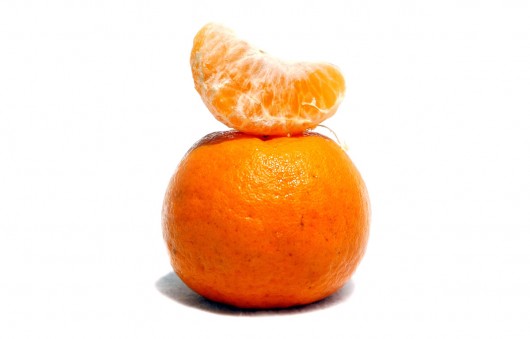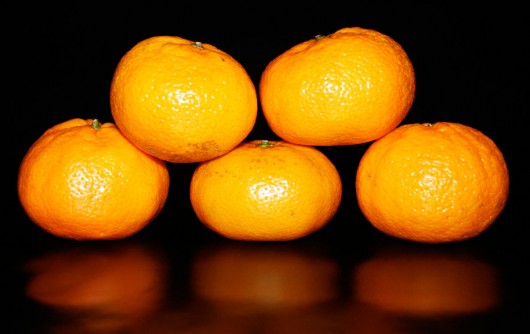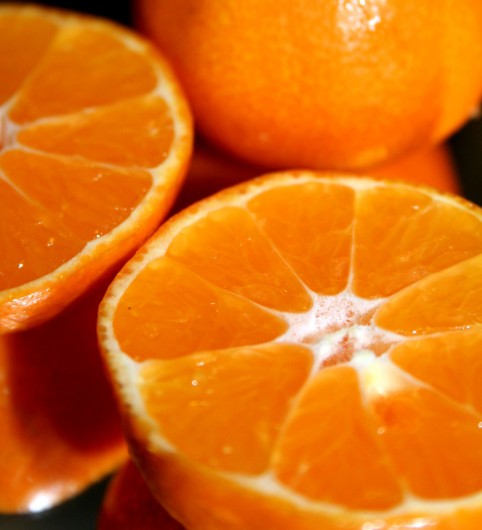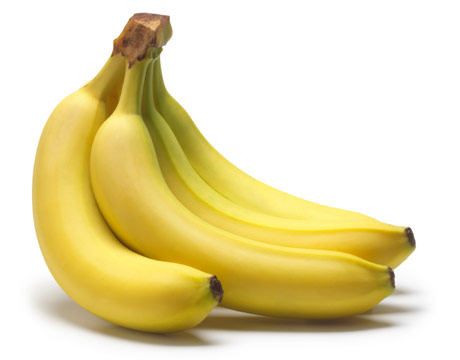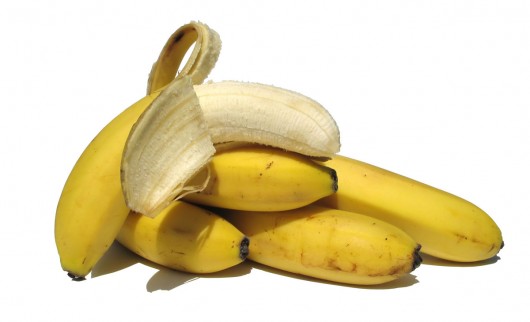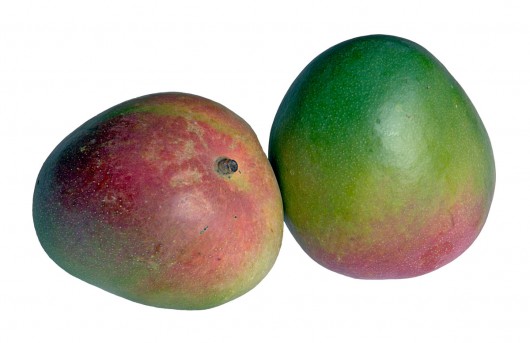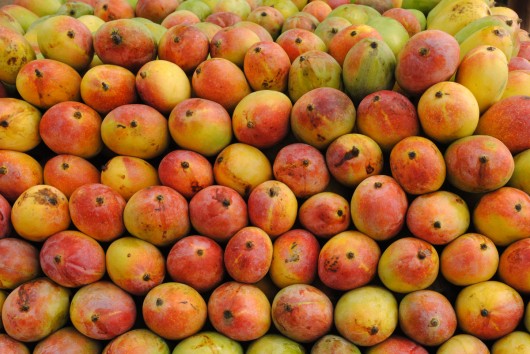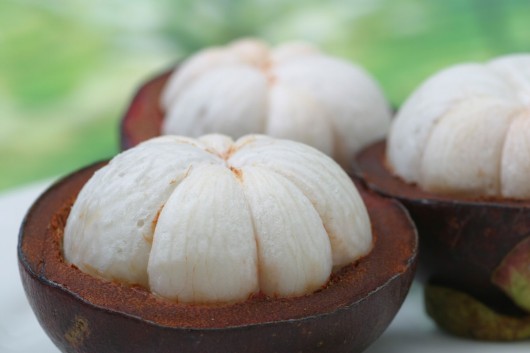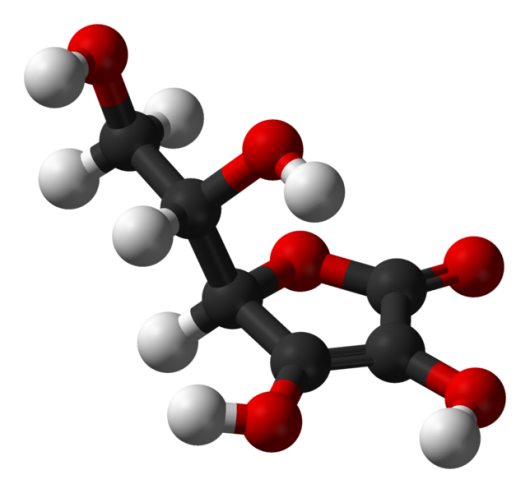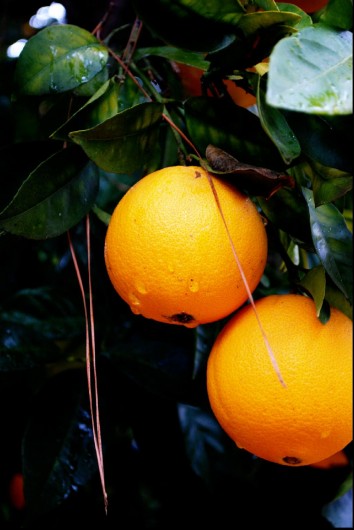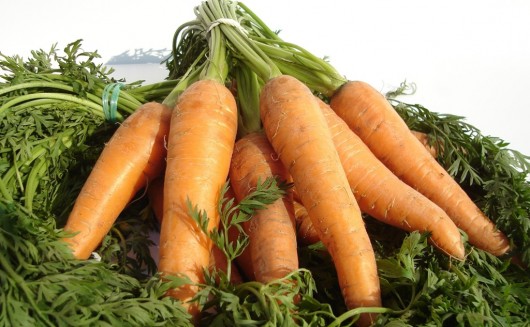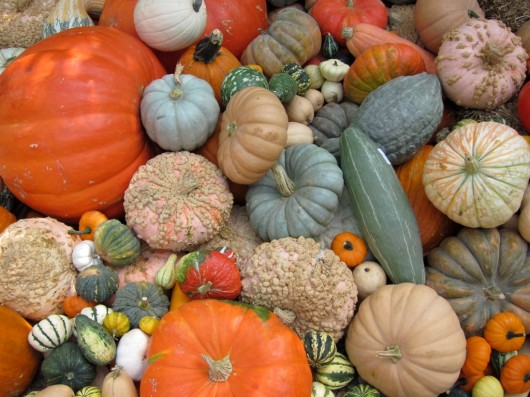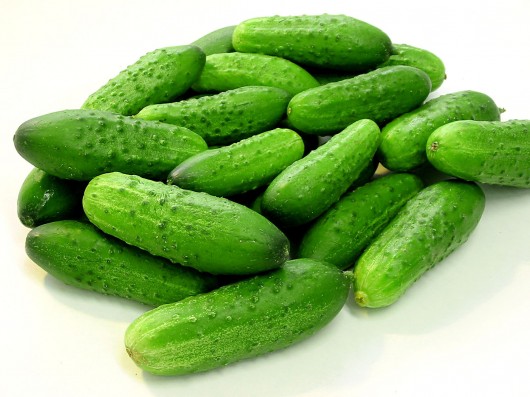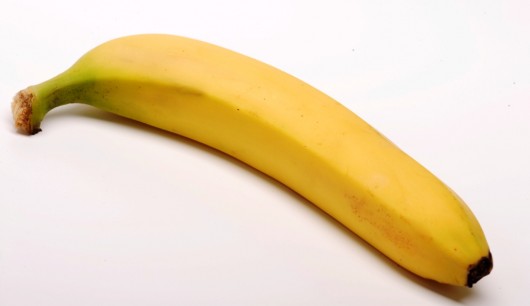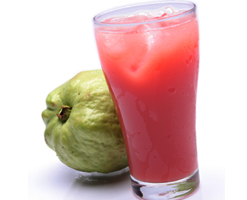Health Benefits of Tangerine Juice
Aside from being sweet and flavorful, tangerine juice has many benefits for your health. In terms of nutritional value and disease-fighting properties, tangerine juice has several advantages over orange juice. From protecting you from diseases and cancer to keeping you fuller longer, this juice has a health benefit for nearly everyone.
Nutritional Value – The Source Of The Health Benefits Of Tangerine Juice
Tangerine juice has all of the tangy flavor of orange juice but with added nutrition. This juice is an excellent source of many antioxidants, such as hesperetin, xanthins, lutein, beta-carotene, and narigenin. Anti-oxidants eliminate free radicals that can cause cancer, as well as fight aging. The anti-oxidant beta cryptoxanthin may reduce inflammation from arthritis. Lutein protects the eyes and helps you keep your eyesight sharp. The flavenoid tangeretin is a powerful agent that has been shown in studies to prevent skin cancer and helps stop the spread of breast-cancer cells. The flavonoids tangeretin and nobiletin have blood thinning and anti-inflammatory properties, which may reduce your risk of heart attacks.
Additionally, tangerine juice is chock-full of vitamin C, which boosts your immunity. Consuming adequate amounts of vitamin C helps your body fight infections from the common cold to the flu. In addition to helping increase your immune function, vitamin C helps your body absorb iron, and helps boost wound healing.
Tangerine juice contains folic acid and potassium, and it is also an excellent source of both soluble and insoluble fiber, which promotes regularity. Being regular has been proven to reduce your risk for developing some forms of cancer, such as colon cancer. The fiber also helps prevent your body from absorbing cholesterol. Fiber whisks some of the cholesterol content from your food out of your system, which can lower your blood levels of LDL, or “bad” cholesterol.
One serving of tangerine juice provides 20-percent of the recommended daily allowance of vitamin A. This is 10-times as much vitamin A as orange juice. Vitamin A is instrumental in protecting your eyesight, promoting immune function and bone and tissue health. The vitamin A in tangerine juice may also stimulate cell growth and cell division.
Antiseptic Properties
Tangerines have natural germ-fighting properties. Tangerine juice may help your body defend itself against an infection from the staphylococcus aureus bacteria. Staphylococcus aureus is highly contagious and causes painful lesions and boils on the skin, particularly on the face or in other tender areas such as the groin or the armpits.
In addition to fighting harmful bacteria, the pectin in tangerine juice has been proven to help increase the number of beneficial bacteria in your intestines. These bacteria improve digestion and increases your body’s ability to defend against harmful bacteria which can cause inflammation and intestinal disorders. When harmful bacteria enter the gut, beneficial bacteria help usher the bad bacteria out of your system before they can cause an infection.
Diet Support
Tangerine juice is an excellent way to start your day if you are dieting. The fiber and carbohydrates in the juice help keep you feeling full, which will prevent over-indulgence later on. Additionally, the sweet finish of the tangerine flavor can help prevent the cravings for sugar that can derail a diet.
Starting your day with tangerine juice is a tasty and healthy way to boost your immunity, bolster your digestive and tissue health and protect your body against the ravages of cancer. Tangerine juice is powerful enough to do all of those things, yet it is so tangy-sweet and flavorful that you will forget all about its many health benefits and simply enjoy the flavor.
